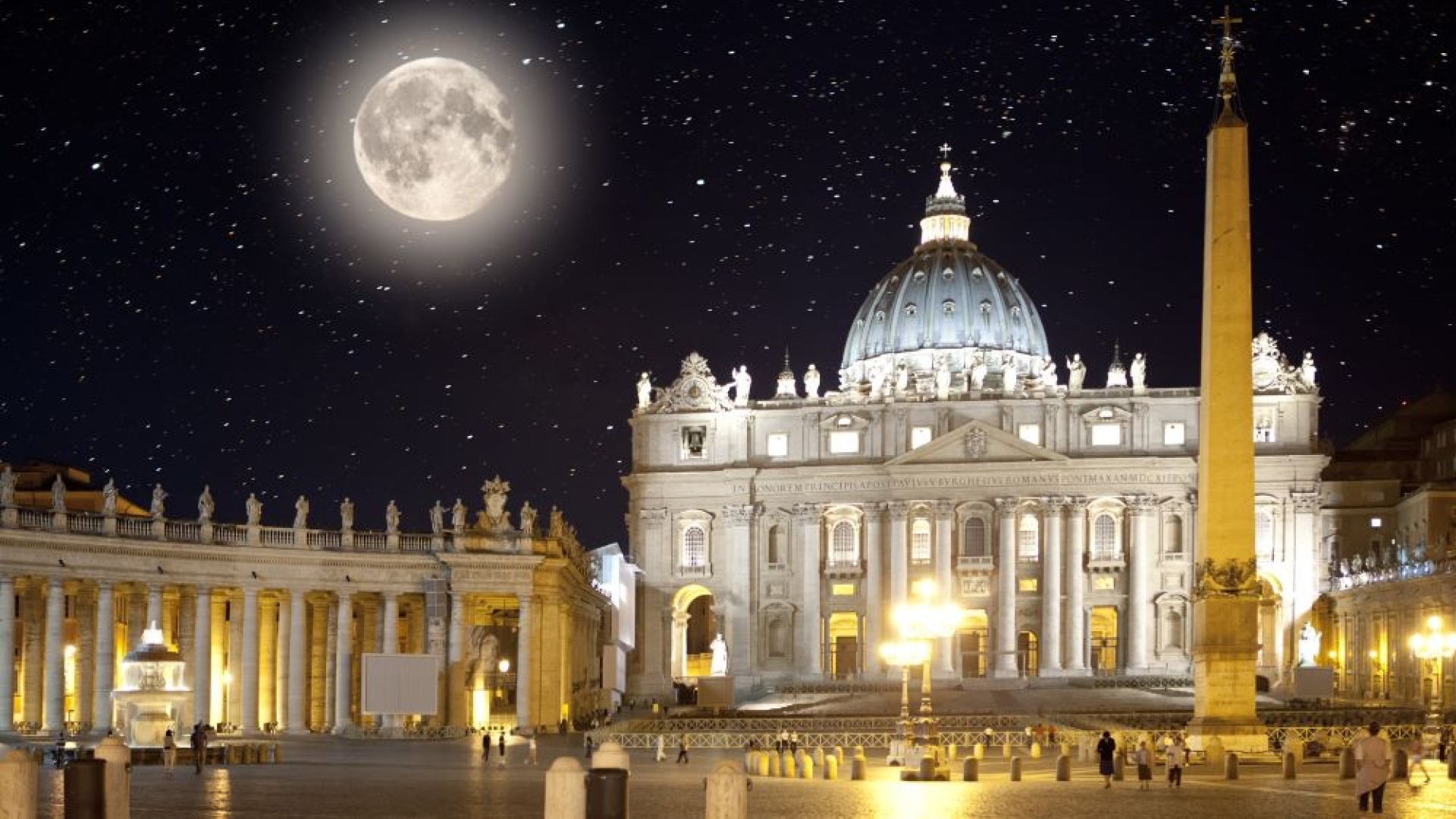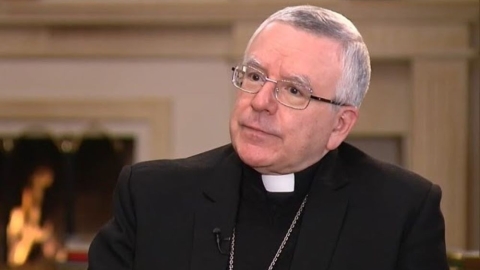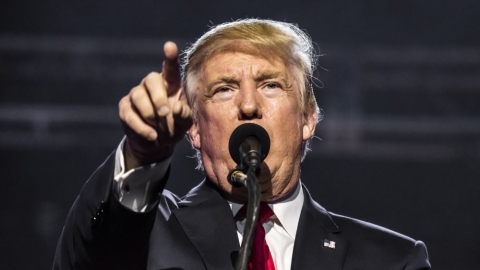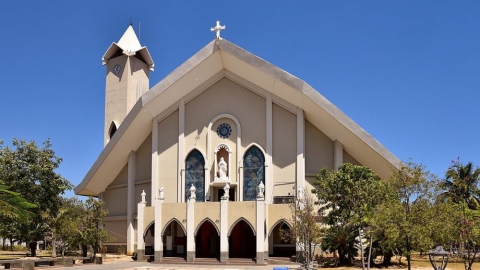Press Review: What Happened at the Synod on Synodality? (2)

Vatican at night: a symbol of the obscuration produced by the Synod on Synodality
From October 4 to 29, 2023, the Synod on Synodality was held in Rome. In fact, it was the first phase of a synod which will meet again in October 2024, and which will be followed by the post-synodal exhortation of the Pope.
At the end of this first stage, one can draw some conclusions which, although provisional, are nonetheless revealing of the state of mind which drives the organizers of the synod.
Small Differences in a Unanimous Consensus
On his blog Settimo Cielo of November 1, Vaticanist Sandro Magister attempts to draw up an initial assessment, while recognizing that “it is difficult to determine what remains of a month of synod by reading the 42 pages of the summary report of this first session,” entitled straightforwardly “A synodal Church [sic] in mission.”
He notes that we can “read that the new ‘face of the Church’ still remains entirely to be defined. Because we still need to ‘clarify its meaning,’ just like its relationship with episcopal collegiality and with the very different synodality of the Eastern Churches.”
“And it proposes ‘the establishment of an intercontinental commission of theologians and canonists for this purpose, with a view to the second session of the assembly’ in October 2024, and to ‘launch a preliminary study.’” – In short, one more preparatory commission.
Sandro Magister continues his careful reading: “The 270 proposals in the document, plus the introduction and conclusion, have all been approved one by one by more than two thirds of the 365 voters, bishops, priests, lay people, men and women. However, here and there, a few dozen ‘no’ votes testify to the divergences on several questions brought together in the text among those which ‘remain to be faced’ in the future.”
“But there are also divergences on issues on which the document presents ‘convergences.’ For example where it is affirmed that ‘the synodal processes make it possible to verify the existence of this consensus of the faithful (consensus fidelium) which constitutes a sure criterion for determining whether a particular doctrine or practice belongs to the apostolic faith.’ Here is found 26 ‘no’ votes, probably doubtful about this abandonment of the doctrinal magisterium to a vague ‘consensus of the faithful,’ verified in an unknown way.”
Related Article:
The Vaticanist notes: “The greatest number of ‘no’ votes (69) went to the ‘access of women to the diaconal ministry,’ included among the ‘questions to be faced.’ This is how the document lists the ‘various positions’ that emerged from the debates: for some, it is an ‘unacceptable’ step, ‘in discontinuity with Tradition.’”
“On the other hand, for others, granting women access to the diaconate would reestablish a practice of the primitive Church. Still others see it as ‘an appropriate and necessary response to the signs of the times, faithful to Tradition capable of finding an echo in the hearts of many who seek renewed vitality and energy in the Church.’”
“Finally, there are those who express ‘the fear that this request is the expression of a dangerous anthropological confusion, by accepting that the Church aligns itself with the spirit of the times.’” Further, the celibacy of the clergy is “defined in the document as ‘a theme which is not new and which requires future re-examination.’”
“But the hypothesis that it could be outdated ‘especially where the ecclesial and cultural context makes it more difficult’ was met with 55 ‘no’ votes, two in addition to those who also rejected the proposal, ‘to insert priests who have abandoned the ministry into a pastoral service that values their training and experience.’ In this same section, ‘the question of women’s access to the diaconate’ emerged again, rejected by 61 ‘no’ votes.”
Finally, Sandro Magister asks: “In short, much ado about nothing? Yes and no. The thorny questions on which the final document keeps silent were in reality the subject of a double intervention by Pope Francis and his very faithful prefect of the Dicastery for the Doctrine of the Faith, the Argentinian Victor Manuel Fernández, in response to the dubia of certain cardinals.”
“And these two responses (one dated July 11 and the other September 25) were published on October 2, on the eve of the synod, completely ignoring that the synod was called to debate these same questions: the blessing of homosexual couples to the communion given to the divorced and remarried, including the ordination of women and synodality extended to the laity.”
“In essence, the answers were that the doctrine remains intact but that the practice can change, within an evolutionary process which has no pre-established objectives, but which itself constitutes the face of the new synodal Church. In which he, the pope, is the one who decides, and no one else.”
Related Article:
(Sources : Settimo Cielo/DICI n°438 – FSSPX.Actualités)
Illustration : Photo 66796770 © Konstik | Dreamstime.com





